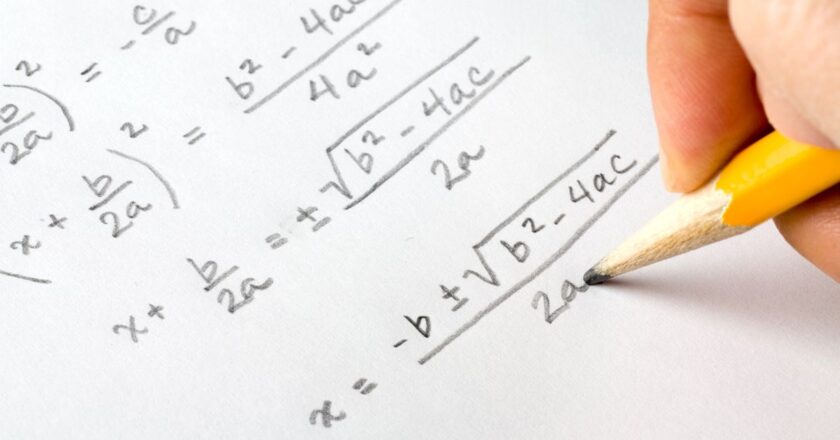An “Academic Transformation” Takes On the Math Department
About twenty years ago, Olgur Celikbas attended a conference on algebra in Turkey. He and his then girlfriend, Ela Özçağlar, had recently graduated from college in Ankara; both had studied math. At the time, the University of Nebraska-Lincoln had one of the top commutative-algebra programs in the world, and professors at the conference sold Olgur on the idea of going to America for grad school. Ela was less sure. “I was, like, ‘Where’s Nebraska?’ ” she recalled. She asked her father, a geography professor. He said something about a corn ocean.Ela and Olgur got married, moved to Nebraska, and obtained Ph.D.s in mathematics. They began looking for academic positions, but finding jobs in the same place felt like “the most difficult two-body problem in the world,” Ela said. They got temporary...




